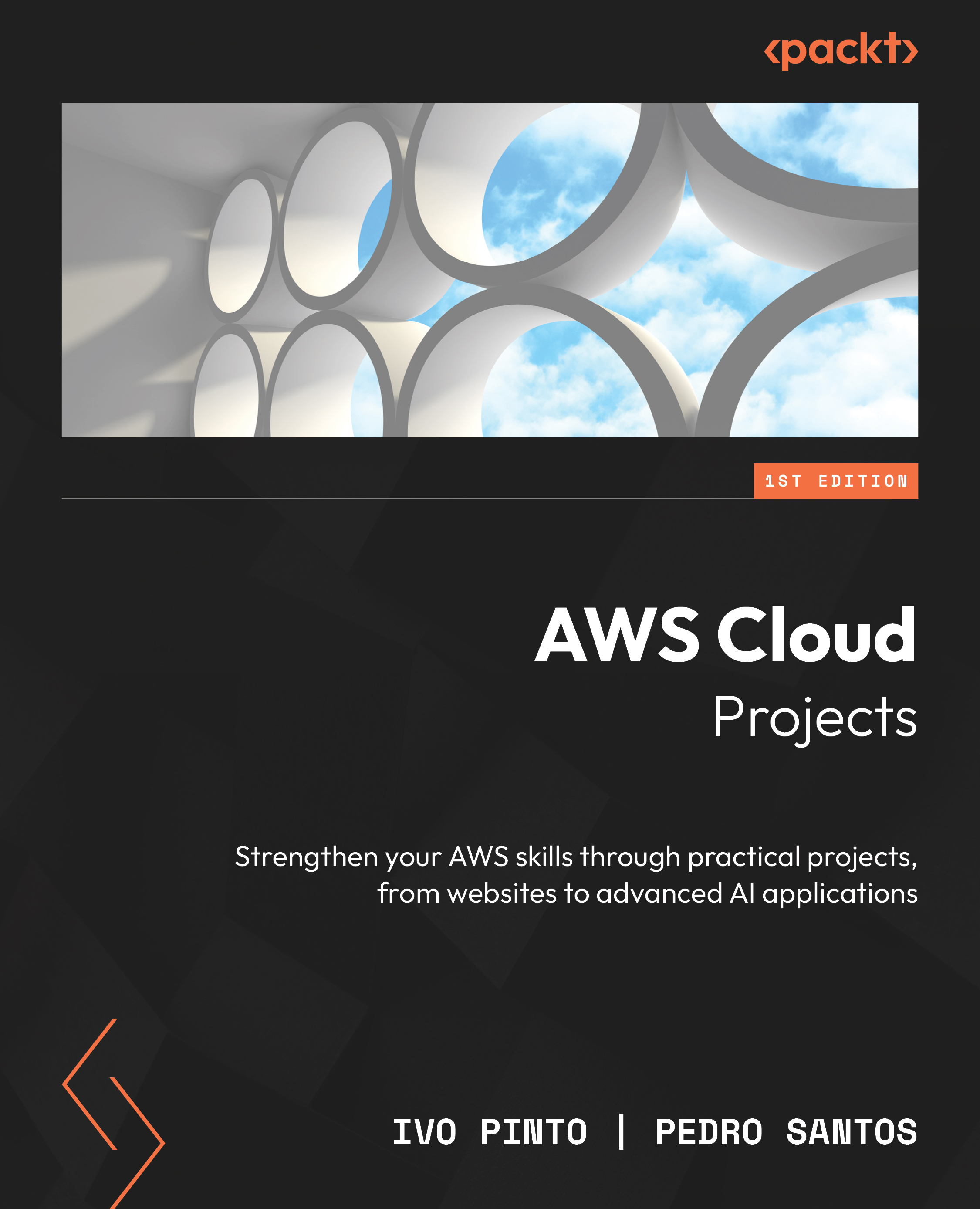Architecture
There are separate ways to render a webpage in the users’ preferred languages. You can use specific framework tools, such as i18n in React, or infrastructure redirection, such as Lambda@Edge.
Important note
This is a practical AWS book, not a specific web framework one, so this chapter implements the infrastructure redirection method.
However, how do you identify a user’s preferred language? You can add a button at the top for the user to choose the language. This is a common approach. However, you can do better. You will make it automatically detect the users’ preferences based on request properties.
After deciding how you want to implement the language rendering, and going back to the solution requirements, you will notice that they are similar to Chapters 2 and 3. However, since this is a proof of concept, and you want to minimize time to market, you decide to re-use the static architecture, with a configuration that automatically detects...
































































